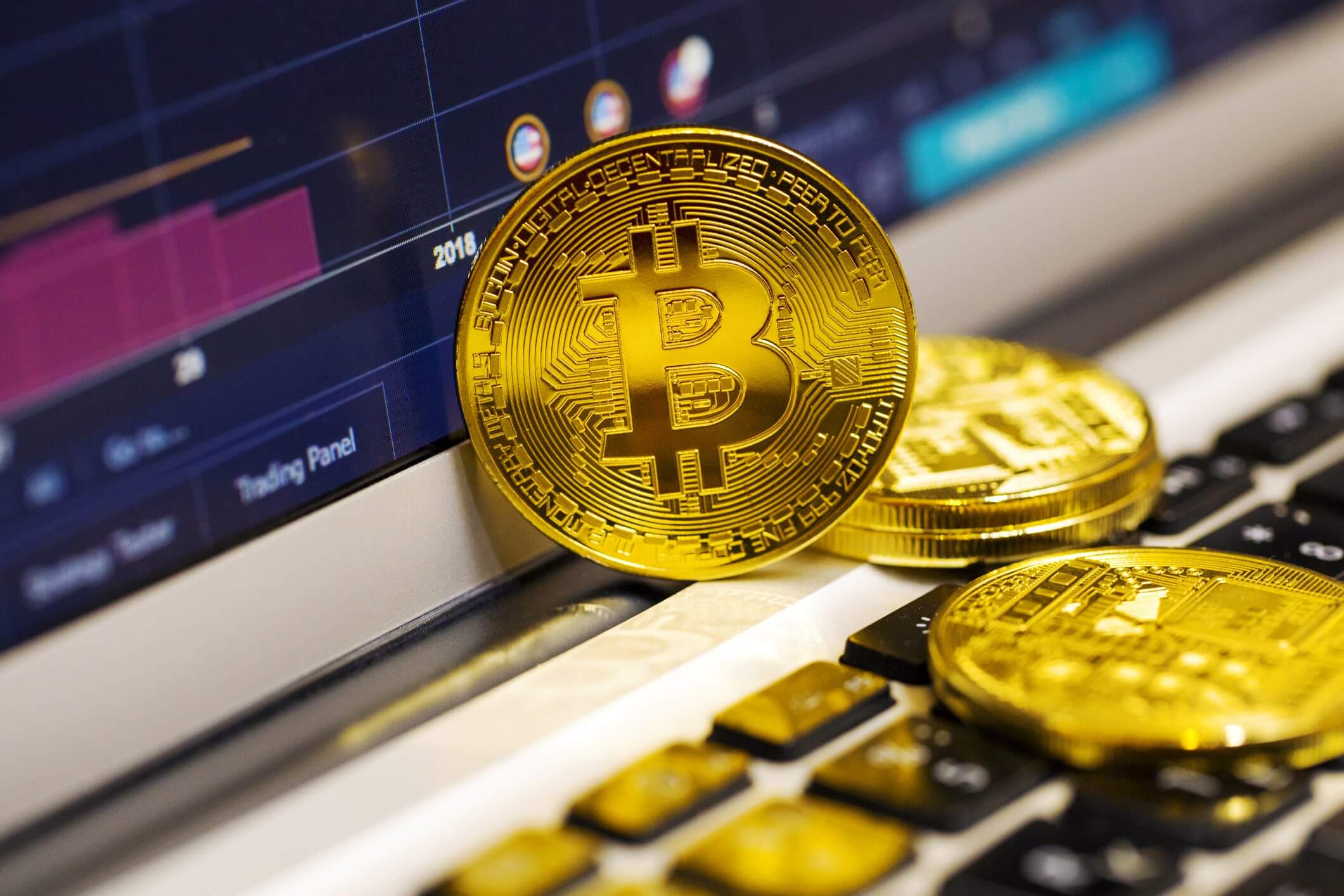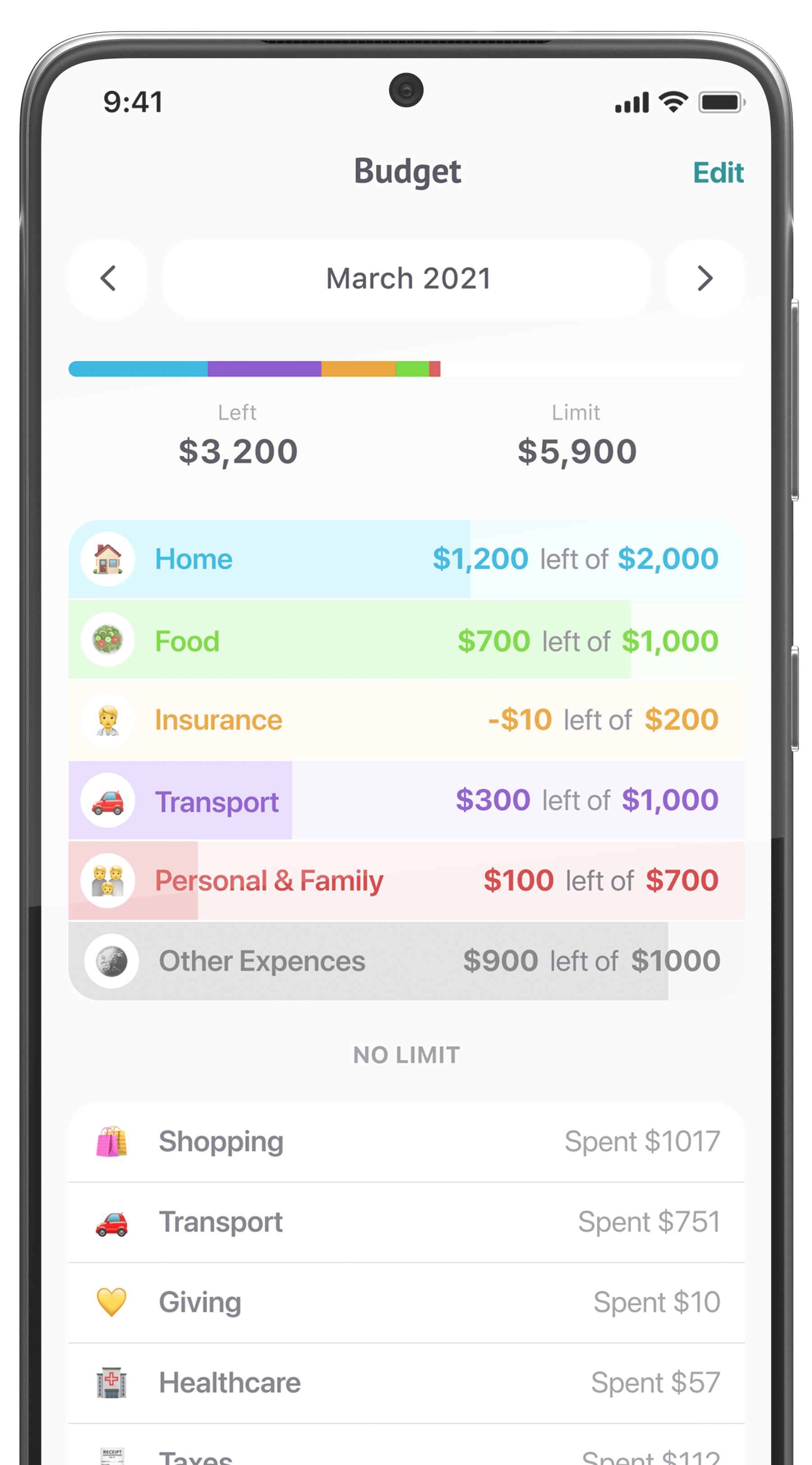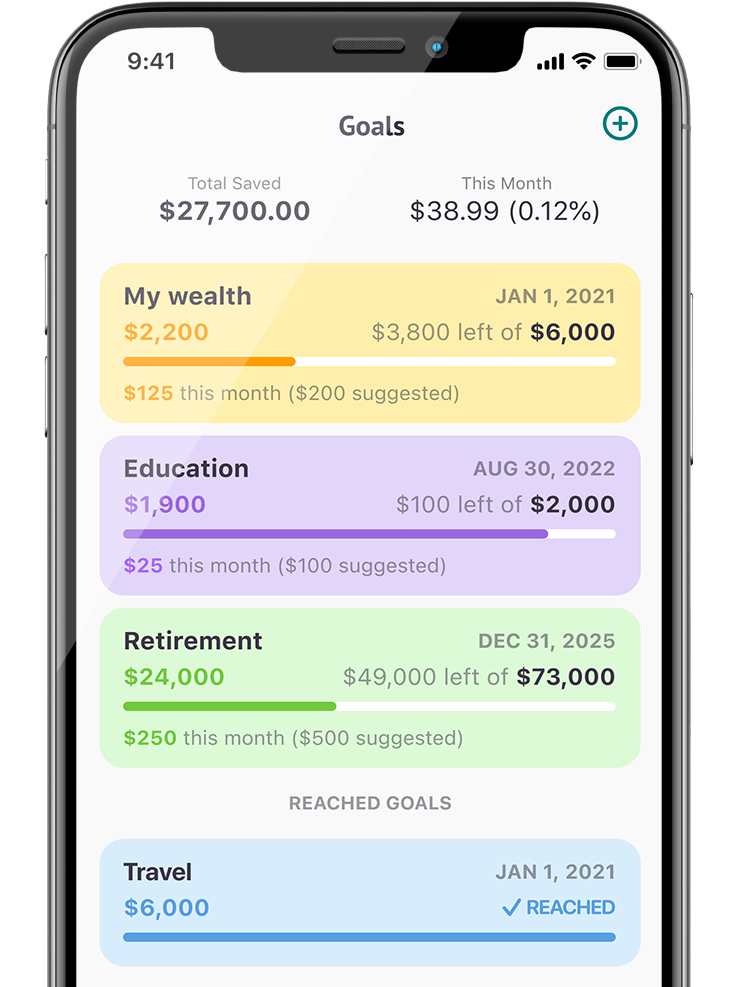“Finance” has a rather intimidating ring to it: it represents a highly complex system, and it often feels out of reach for the average person—but that’s starting to change. The 20th century was an era of economic centralization, gathering the world’s resources into large institutional vaults and distributing it according to market forces and political pressures. The 21st century, however, is pushing some of that finance control back to the people with decentralized systems like blockchain and easier access to capital and credit through crowdinvesting and P2P loans.
Blockchains in finance: decentralized and accessible
If you’ve been avoiding learning about blockchains because they seem as complicated to grasp as the cryptography they’re based on, no worries: you don’t need a degree in cryptography to get the basics. Think of a blockchain like a spreadsheet that is constantly having new rows added to it, with each row representing some new action. This spreadsheet is stored on multiple computers, and new entries have to be validated by a majority of these computers before they can be added.
Every blockchain works differently, but their main advantage is that transactions are validated and records stored automatically, without anyone in the middle keeping an eye on things. Depending on how they’re implemented, blockchains can be more secure, transparent, private, and trustworthy than their more centralized equivalents, and many industries, including finance, have been experimenting with the tech. A few interesting financial applications (beyond using Bitcoin to buy coffee) include:

Cross-border transactions
Sending money internationally can be an expensive, confusing process, but cryptocurrencies can streamline this by removing the need for intermediaries and inter-bank agreements.
ICOs
Initial Coin Offerings (ICOs) have traditionally been a way for blockchain development teams to raise money for their projects (as an alternative to venture capital), but this model is highly flexible. There’s even an “ICO for books” system for funding author advances.

Modifying existing financial instruments
Some companies are experimenting with putting more traditional finance, like stocks, real estate, loans, et cetera, on blockchains, allowing for faster, more easily-automated transactions across many different markets.
More private finance with blockchain
What if your credit score could be calculated, stored, and used to make decisions without the information ever being revealed to anyone but you? Blockchains and encryption technologies can keep user data private and secure, but still provide proofs of the necessary information.
Lending markets
Building loan terms into automatically-executing contracts, making connections and currency transfer easy, and keeping detailed, transparent records is a dream for most lending platforms, but it’s just business as usual for blockchains.
Blockchains seem complex and risky initially, but they have many potential and working applications from improving existing financial markets to creating completely new ones. Its potential has clearly been recognized by existing institutions, as pretty much every major bank is doing some sort of blockchain research, and the field is a gold mine of startups, big ideas, and talent. Whether they’ll be streamlining derivatives trading or banking the unbanked, blockchains are definitely part of the future of fintech.

Crowdinvesting and P2P: opening up investment markets
Crowdinvesting
If you’ve heard of crowdfunding (Think Kickstarter, Indiegogo, etc.), crowdinvesting won’t seem like too big of a leap. Generally, companies depend on traditional channels like venture capital firms and angel investors to help them grow, but crowdinvesting opens up that process to anyone, not just a limited pool of accredited investors who have access to companies that aren’t publically listed. This lowers a lot of barriers to raising capital, especially for small and medium businesses, and allows investors to decide where their money goes, whether they’re looking to net large returns or to support companies that are making a positive social impact.
P2P Lending/Borrowing
While crowdinvesting is more about opening up the capital markets, P2P platforms are looking to disrupt lending and borrowing. Rather than requiring both parties to go through a centralized authority like a bank, P2P lending services connect individual lenders and borrowers, increasing potential returns and providing easier access.
P2P loans can go to businesses or to individuals and are generally made using a platform that helps connect both sides and minimize risk. This kind of lending is often profitable, but is also quite popular as a social cause, giving people without easy access to financial instruments, such as those in developing countries, access to credit.
Fintech is always evolving
In 2007, smartphones were barely even a blip on anyone’s radar. Ten years later, they had become ubiquitous. Sticking to traditional financial models is a little like continuing to use a feature phone: it does what you need it to do, but the longer you refuse to upgrade, the more you’ll be missing out on. You don’t need to be an early blockchain adopter, give all your money to a robo-advisor, or use crowdinvesting platforms as your new savings account, but staying on top of your options is a necessity in the constantly-shifting world of fintech.











